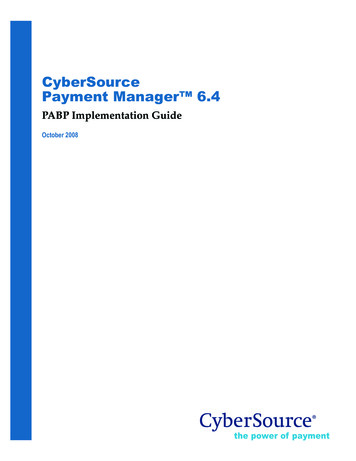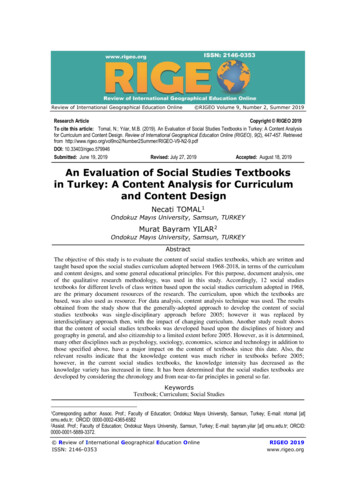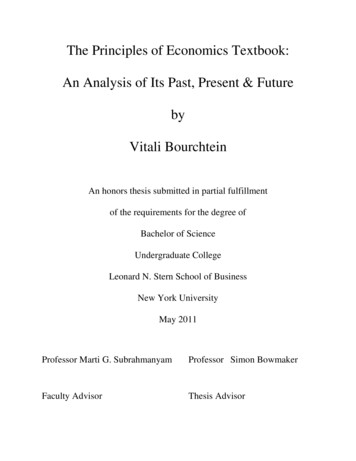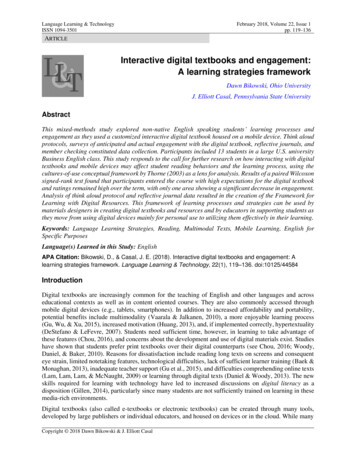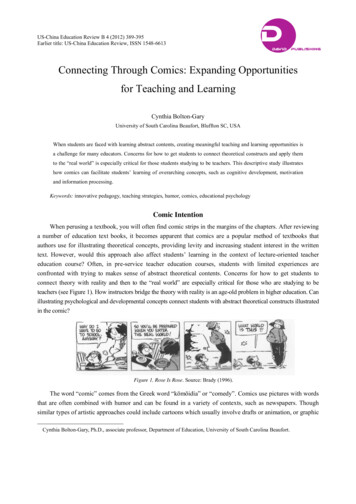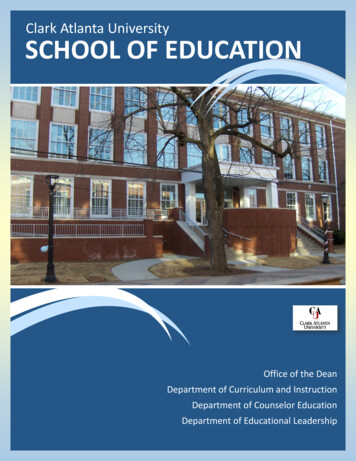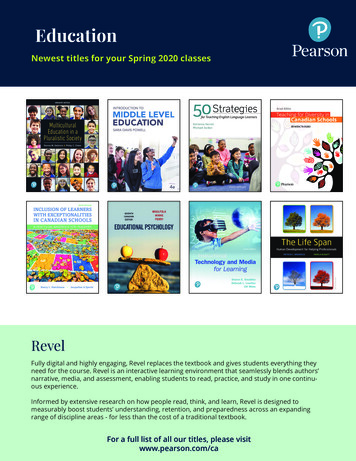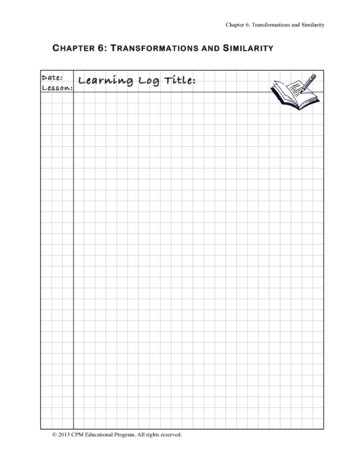
Transcription
Chapter 6: Transformations and SimilarityC HAPTER 6: T RANSFORMATIONS AND S IMILARITYDate:Lesson:Learning Log Title: 2013 CPM Educational Program. All rights reserved.
Date:Lesson:Learning Log Title: 2013 CPM Educational Program. All rights reserved.
Chapter 6: Transformations and SimilarityDate:Lesson:Learning Log Title: 2013 CPM Educational Program. All rights reserved.
MATH NOTESNotes:RIGID TRANSFORMATIONSRigid transformations are ways to move an object while notchanging its shape or size. Specifically, they are translations(slides), reflections (flips), and rotations (turns). Each movementis described below.A translation slides an objecthorizontally (side-to-side),vertically (up or down), or both.To translate an object, you mustdescribe which direction you willmove it, and how far it will slide.In the example at right, triangle Ais translated 4 units to the rightand 3 units up.yTranslationof Triangle AARotationof Triangle AxA reflection flips an object acrossa line (called a line of reflection). Reflectionof Triangle ATo reflect an object, you mustdescribe the line the object willflip across. In the example atright, triangle A is reflected acrossthe x-axis.A rotation turns an object about a point. To rotate an object, you mustchoose a point, direction, and angle of rotation. In the example at right,triangle A is rotated 90 clockwise (P ) about the origin (0, 0) . 2013 CPM Educational Program. All rights reserved.
Chapter 6: Transformations and SimilarityNotes:CORRESPONDING PARTS OFSIMILAR SHAPESTwo figures are similar if they have the sameshape but not necessarily the same size. Forexample, all semi-circles are similar, as are allsquares, no matter how they are oriented.Dilations create similar figures.To check whether figures are similar, you needto decide which parts of one figure correspond(match up) to which parts of the other. Forexample, in the triangles at right, triangle DEF isa dilation of triangle ABC. Side AB is dilated toget side DE, side AC is dilated to get side DF,and side BC is dilated to get side EF. Side ABcorresponds to side DE, that is, they arecorresponding sides. Notice that vertex AFcorresponds to vertex D, C to F, and B to E.Not all correspondences are so easily seen.Sometimes you have to rotate or reflect theshapes mentally so that you can tell which partsare the corresponding sides, angles, or vertices.For example, the two triangles at right aresimilar, with R corresponding to X, S to Y, and Tto Z. You can get triangle XYZ from triangleRST by a dilation of 12 followed by a 90ºcounter-clockwise (Q ) turn.ABCET2RShapes that are similar and have the same size are calledcongruent. Congruent shapes have corresponding sides ofequal length and corresponding angles of equal measure.Rigid transformations (reflections, rotations, andtranslations), along with dilations with a multiplier of 1or -1, create congruent shapes. 2013 CPM Educational Program. All rights reserved.DS4Y2Z1X
SCALE FACTORA scale factor is a ratio thatdescribes how two quantities orlengths are related. A scale factorthat describes how two similarshapes are related can be found bywriting a ratio between any pair ofnewcorresponding sides as original.Notes:original48510newFor example, the two similar triangles at right are related by a scalefactor of 5 because the side lengths of the new triangle can be found4by multiplying the corresponding side lengths of the original triangleby 5 .4A scale factor greater than one enlarges a shape (makes it larger). Ascale factor between zero and one reduces a shape (makes it smaller).If a scale factor is equal to one, the two similar shapes are identicaland are called congruent. 2013 CPM Educational Program. All rights reserved.
Chapter 10: Surface Area and Volume 2013 CPM Educational Program. All rights reserved.
horizontally (side-to-side), vertically (up or down), or both. To translate an object, you must describe which direction you will move it, and how far it will slide. In the example at right, triangle A is translated 4 units to the right and 3 units up. A reflection fli
